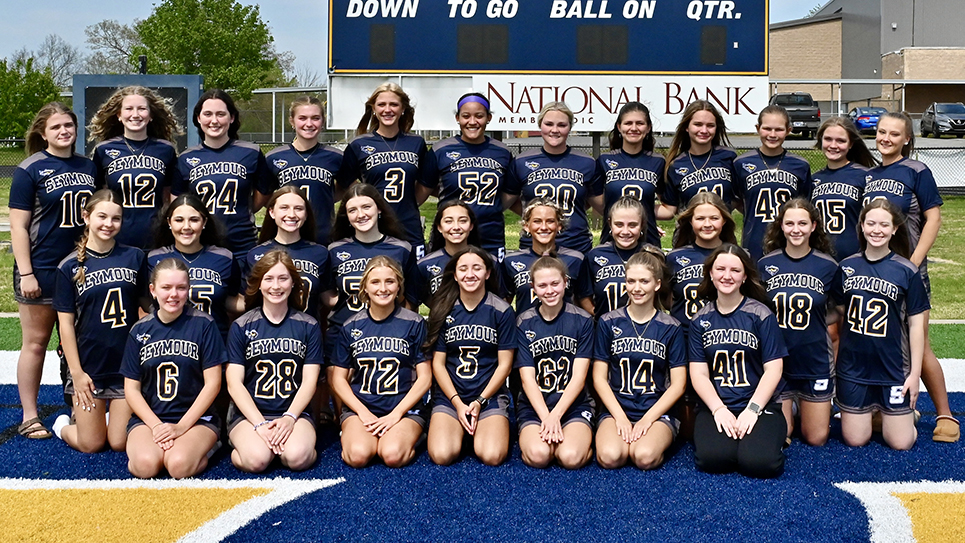‘A unique glow, a unique ambience’
By Tom Mattingly
In this business, it has always been fascinating to look at some of the game films (most now on videotape) and photos from Tennessee home games from the 1950s into the early 1970s, almost all played in the afternoon, nearly all starting at the traditional 2 p.m. After the time change, kickoffs were at 1:30 p.m.
The press box shadows began hitting the field late in the first quarter, and the field was totally in the shadows in the fourth quarter.
Take a look at the waning moments of the Sept. 14, 1968, Georgia game (with a 4 p.m. kickoff) or even a mid-to-late November game when the sky darkened. That gave the appearance of winter arriving at any moment. The lengthening press box shadows gave the stadium a unique glow, a unique ambience.
In those days (and even today), fans on the west side dressed in as warm a set of clothes as needed, including suits and ties, while those on the east side basked in the warmth of the afternoon sunlight.
That history raises a pertinent question.
How did we ever get along without lights illuminating the playing field?
Lights did come to Neyland Stadium for the Penn State game on Sept. 16, 1972, and have stayed to this day. It might have been an artful dodge on UT’s part to avoid playing Penn State in either Memphis or State College, as Joe Paterno had wanted, but the decision to put in lights and ensuing events have changed things irrevocably.
For those journalists covering the game for local, statewide, and/or national media, publication deadlines became tighter and tighter, causing great consternation for all concerned.
“Night football was not compatible with deadlines,” Marvin West has said. “Some trying to earn a living as reporters and writers were stressed.”
Fans of that long-ago day had no idea that multi-million-dollar television contracts were in the offing over the coming decades. More games on television ultimately led to the Tennessee and SEC brand being beamed to the nation at all hours, day or night, live or on delayed tape.
Thus, the need for lights. Tennessee, for example, has seen games kickoff in recent years at noon, 1:30 p.m., 2 p.m., 3:30 p.m., 4 p.m., 5 p.m., 7:30 p.m., and 8 p.m., all times Eastern.
That has caused more than a few problems.
There was a Nov. 12, 1983, Homecoming game against Ole Miss, with a 7:30 p.m. kickoff. Temperatures dropped precipitously as the game progressed, and school president Ed Boling announced there would be no more November night games. That decree lasted until 1999, when ESPN and Notre Dame came calling.
Lights are now part of the game, regardless of the starting time. It’s weird to see the stadium lights shining brightly on an October Saturday afternoon when there’s plenty of sun and not a cloud in the sky.
There was a game at Mississippi State in 2002 where the lights seemingly weren’t needed, and the game came off just fine, thanks to an 11:30 a.m. CST kickoff.
When fans gathered after the game in little groups around the Tennessee team bus at the southeast corner of the stadium, it was the perfect ending to a perfect day in early November. Everybody got out of Starkville with more than a modicum of daylight left, and Tennessee won 35-17.
The other side of the coin was an overcast and dreary November 1988 afternoon in Oxford, Miss., when Tennessee and Ole Miss squared off in Vaught-Hemingway Stadium. That was in the stadium’s pre-lights days.
There were players in white and orange and blue and white on the field, but good luck figuring out who they were. Things looked better on the television replay the next day than they did from the Vol Network booth in the press box. The good news that day was that Tennessee won by a 20-12 count.
There’s also the attendant impact on the fans who so faithfully follow their team, wherever and at whatever time the game might be scheduled. Getting out of SEC venues, even in Knoxville, has always proven to be an adventure. Somehow, they still manage to get there, regardless. That’s to their credit. That’s part of the joy of being a fan.
Nobody in 1972 could have possibly realized how things would change once lights came to Neyland Stadium.
One thing is certain. As with anything else in the wild, often wacky, world of sports, you pay your money (and a great deal of it) and take your chances.






